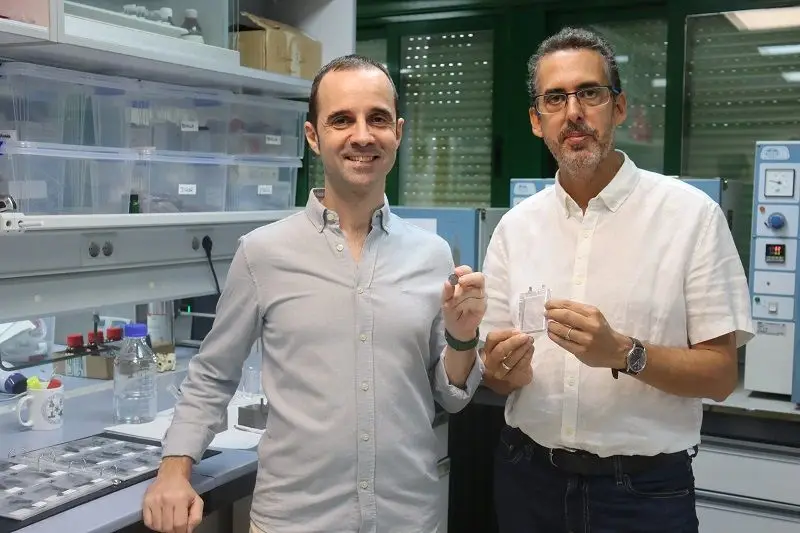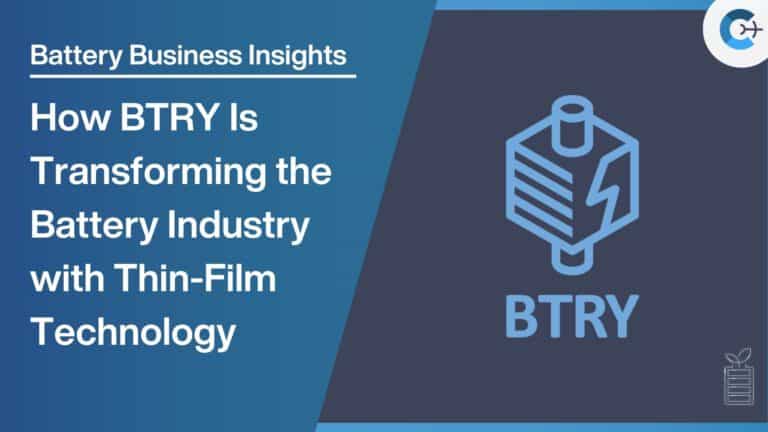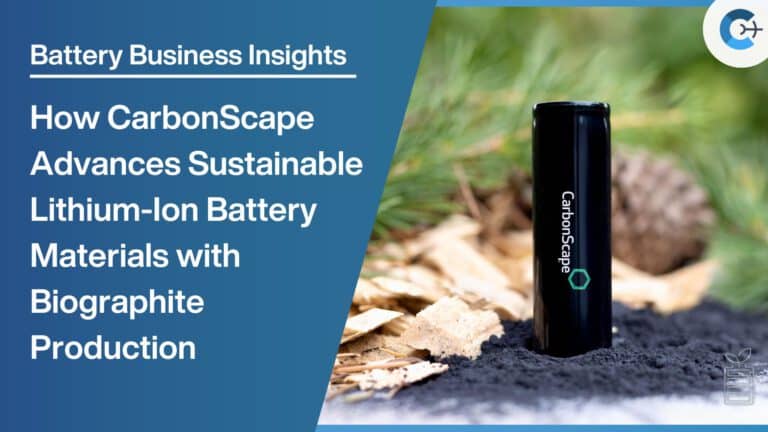Researchers at the University of Córdoba have developed a sodium-sulfur battery capable of more than 2,000 charge and discharge cycles. By utilizing abundant, accessible, and environmentally friendly materials like sodium, sulfur, and iron, the new battery offers a sustainable alternative to traditional lithium batteries, which rely on scarce and toxic metals.
The team, led by Álvaro Bonilla as part of his doctoral thesis, focused on replacing the positive electrode’s toxic metals with sulfur. Sulfur not only is abundant and low-cost but also can deliver twice the practical energy of conventional metals. For the negative electrode, they substituted lithium with sodium, a more abundant and accessible resource that offers similar energy performance.

One of the main challenges was the larger atomic size of sodium compared to lithium, which makes its movement during charging and discharging more difficult. To address this, the researchers incorporated a metal-organic framework (MOF) based on iron into the cathode alongside sulfur. This porous structure facilitates the movement of sodium ions, enabling the battery to function efficiently over extended cycles.
“On average, a lithium battery used in phones or cars is charged every three days, amounting to over 120 charges a year,” explained Álvaro Caballero, one of the thesis directors. “Our battery could potentially operate for over 15 years under the same usage conditions.”

Unlike existing sodium-sulfur batteries that require high operating temperatures around 300 degrees Celsius, this new battery functions at room temperature. While the current charging time is about an hour, the research team is working to reduce it to just 10 minutes.
The study, published in the Journal of Power Sources and conducted in collaboration with the National University of San Luis in Argentina, is part of a project funded by the Spanish Ministry of Science and Innovation aimed at transitioning from lithium to sodium in sulfur batteries.
Álvaro Bonilla, Gabriela A. Ortega-Moreno, María C. Bernini, Juan Luis Gómez-Cámer, Lucía Isabel Barbosa, Álvaro Caballero, “MIL-100(Fe) MOF as an emerging sulfur-host cathode for ultra long-cycle Metal-Sulfur batteries”, Journal of Power Sources, Volume 608, 2024, 234613, https://doi.org/10.1016/j.jpowsour.2024.234613.
Source: University of Córdoba















